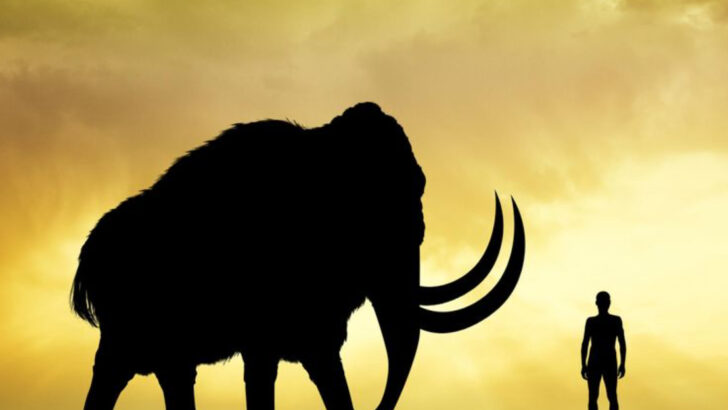De-extinction science is a groundbreaking field that explores the possibility of bringing extinct species back to life.
By utilizing advanced genetic technologies, scientists are attempting to resurrect creatures like the woolly mammoth and the passenger pigeon.
This article delves into the fascinating world of de-extinction, revealing the science, ethics, and potential impact on ecosystems.
Through ten surprising facts, we uncover the complexities and controversies surrounding this scientific endeavor, offering insights into how it could reshape our understanding of life and biodiversity.
Join us as we explore the mammoth comeback in this captivating journey.
CRISPR Gene Editing
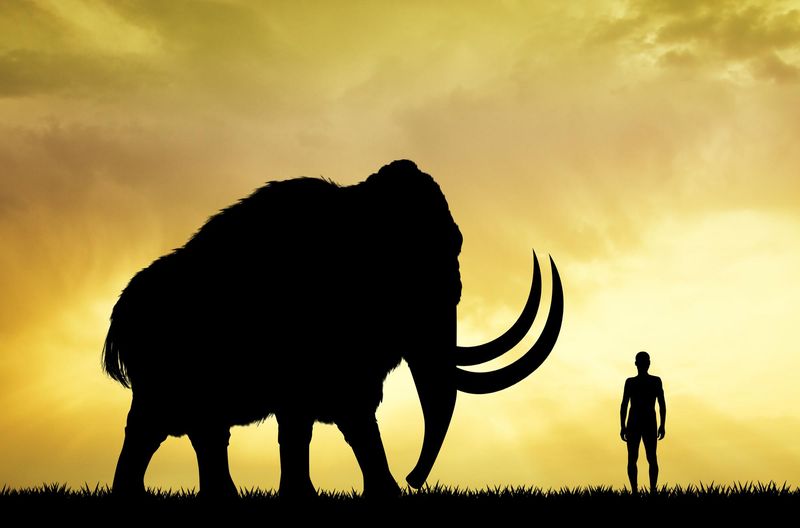
CRISPR technology is revolutionizing genetics by allowing precise edits to DNA. This tool is instrumental in de-extinction efforts, enabling scientists to target specific genes within extinct species’ genomes.
Imagine adjusting the genetic code of a woolly mammoth to survive in modern climates. Through CRISPR, researchers can potentially fix mutations that led to the extinction of certain species.
However, such power raises ethical questions about playing “nature’s architect” and the unforeseen consequences of reintroducing extinct species. The potential to alter life as we know it evokes both excitement and caution, as the line between natural evolution and human intervention blurs.
Woolly Mammoth Revival
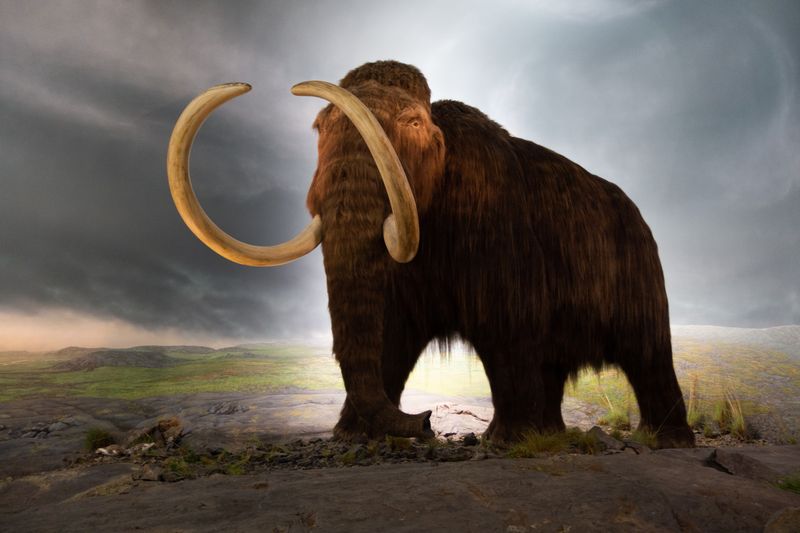
The woolly mammoth, a symbol of the Ice Age, is at the forefront of de-extinction projects. Scientists are splicing mammoth DNA with that of Asian elephants, their closest living relatives.
This hybrid approach aims to create a mammoth-like creature capable of thriving in tundra environments. Such an endeavor not only challenges our understanding of genetics but also our ecological responsibilities.
Reintroducing mammoths could transform arctic landscapes, promoting grassland growth. Yet, ethical dilemmas linger, questioning the morality of reviving species long gone. This ambitious project symbolizes humanity’s quest to reconcile past extinctions with future ecological needs.
Climate Change Mitigation
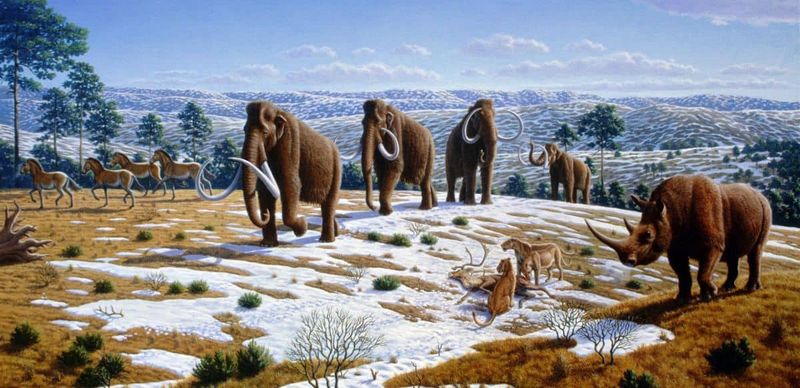
Bringing back the woolly mammoth may sound like science fiction, but researchers are exploring its potential as a tool for climate change mitigation. Through advanced gene-editing techniques, scientists aim to revive mammoth-like hybrids that could one day roam the Arctic tundra.
The idea: reintroducing these large grazers to restore ancient grasslands, known as “mammoth steppe,” which reflect more sunlight and store more carbon than current mossy forests. By trampling snow and knocking down trees, these animals could help keep permafrost frozen—slowing the release of greenhouse gases.
Though controversial and still theoretical, the mammoth revival project highlights the creative, if unconventional, strategies emerging in the fight against climate change.
Ethical Considerations

The ethics of de-extinction are complex and multifaceted. While the allure of resurrecting extinct species captivates the imagination, it also raises profound moral questions.
Should humans intervene in nature to this extent? Critics argue that efforts and resources might be better spent on conserving endangered species. The possibility of unforeseen ecological consequences adds layers to the debate.
Resurrecting species in labs might not ensure their successful reintegration into the wild. This contentious topic forces scientists, ethicists, and the public to grapple with what it means to preserve life and the responsibilities that come with such powerful technology.
Genomic Challenges

The journey to resurrecting extinct species faces genomic hurdles. Ancient DNA degrades over time, complicating reconstruction efforts.
Scientists must painstakingly piece together fragmented genetic material, often relying on modern relatives for missing links. This intricate puzzle requires advanced computational tools and innovative thinking.
Despite progress, uncertainties linger, including the fidelity of reconstructed genomes and the potential for unintended mutations. These challenges underscore the meticulous nature of de-extinction science, where each breakthrough is met with new questions.
The quest to restore extinct species is as much about overcoming technical obstacles as it is about achieving scientific breakthroughs.
Cloning Techniques
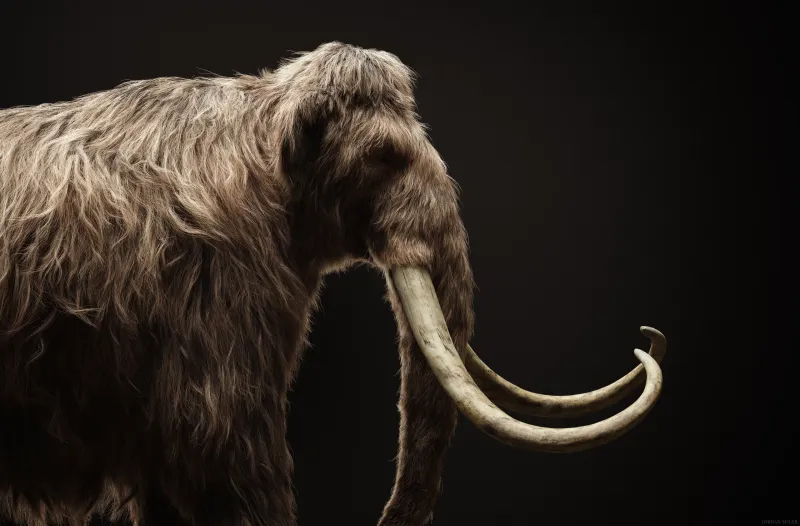
Cloning offers a promising pathway to de-extinction. By using somatic cell nuclear transfer, scientists can create viable embryos from extinct species’ DNA.
This method, famously used to clone Dolly the sheep, could potentially bring back animals like the Pyrenean ibex. Despite its promise, cloning is fraught with technical and ethical challenges. Success rates in animal cloning remain low, and cloned species may face health issues.
Moreover, the long-term viability of cloned populations is uncertain. Cloning in de-extinction reflects both the potential and pitfalls of pushing biological boundaries. Each attempt offers lessons, blending hope with the realities of scientific innovation.
Ecological Impact

Reintroducing extinct species could reshape ecosystems in unexpected ways. Mammoths might transform arctic landscapes, while passenger pigeons could influence forest dynamics.
However, the ecological impact of such interventions is unpredictable. New species may outcompete existing ones, disrupt food chains, or fail to adapt to changed environments. Scientists must carefully assess ecological risks before proceeding.
Balancing the potential benefits with the risks of unintended consequences is crucial. The reintroduction of extinct species challenges us to rethink conservation strategies and the role of humans in managing ecosystems. It’s a delicate dance between ecological restoration and potential disruption.
Technological Innovations
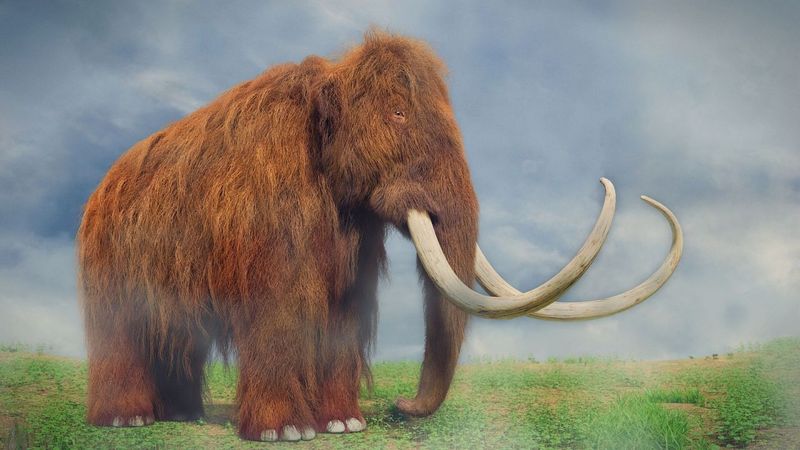
The quest for de-extinction has spurred technological innovation across genetics and biotechnology. Cutting-edge tools like CRISPR and sophisticated computational models drive progress.
These technologies not only aim to revive extinct species but also advance our understanding of genetics. The cross-pollination between de-extinction and other scientific fields accelerates innovation. However, rapid technological advancement also raises concerns about governance and regulation.
Ensuring responsible use of these powerful tools is paramount. The relationship between technology and de-extinction is a microcosm of broader scientific exploration, where the excitement of discovery must be tempered with rigorous ethical considerations.
Public Perception

Public perception plays a critical role in the de-extinction debate. Enthusiasm varies widely, with some viewing it as a scientific marvel and others as ecological hubris.
Media portrayal influences these perceptions, often focusing on dramatic narratives. Understanding public sentiment is vital for scientists and policymakers to navigate the ethical landscape.
Engaging with the public ensures diverse perspectives are considered, fostering informed decision-making. The dialogue around de-extinction reflects broader societal values and the importance of transparent communication.
As the science progresses, maintaining an open conversation with the public is key to ensuring that de-extinction efforts align with societal expectations and ethical standards.
Future Prospects

The future of de-extinction is filled with both promise and uncertainty. As technology advances, the feasibility of reviving extinct species increases.
However, the broader implications remain unclear. Balancing innovation with ethical considerations is crucial. Future prospects include not only the potential restoration of lost species but also insights into preventing future extinctions.
This emerging field prompts us to reevaluate our relationship with nature and the responsibilities of stewardship. As we look ahead, de-extinction symbolizes a crossroads between past and future, where scientific ambition meets ethical responsibility.
The journey continues, with each step offering new challenges and opportunities for discovery.

